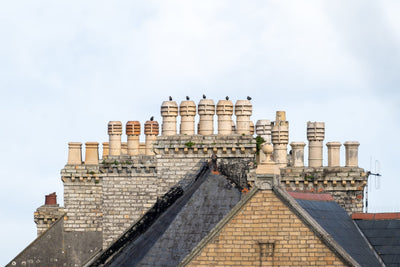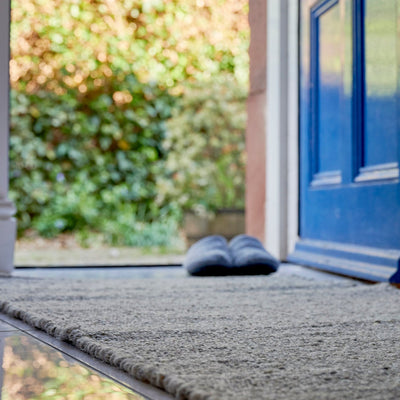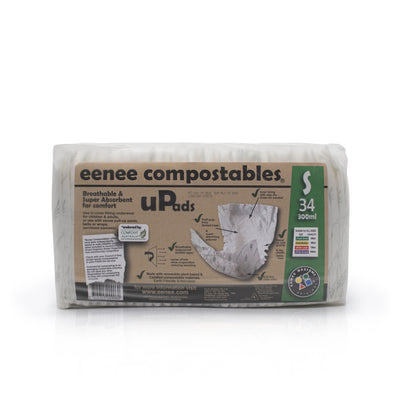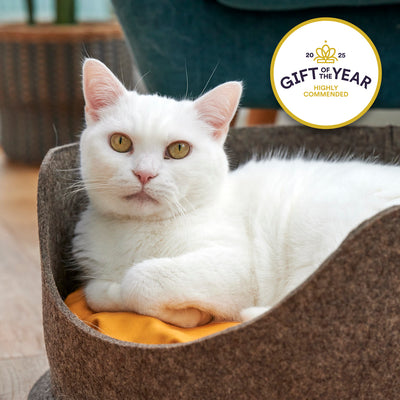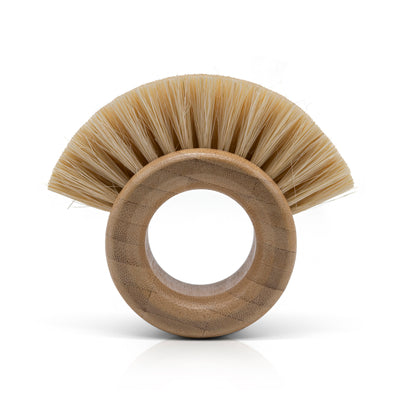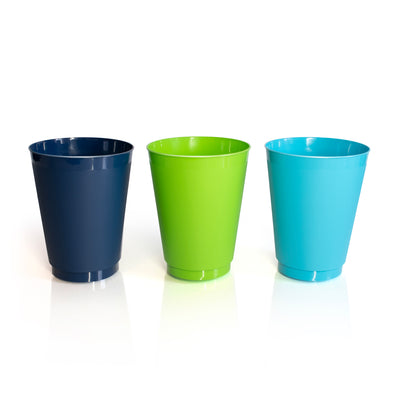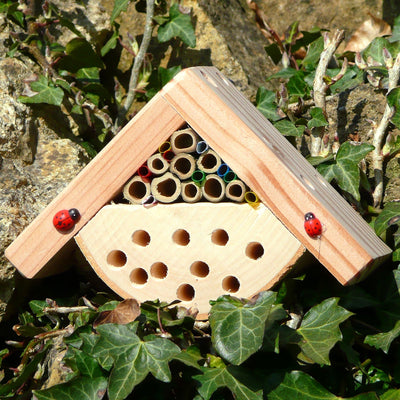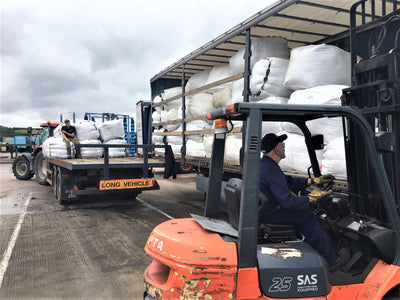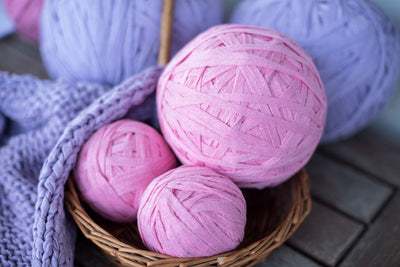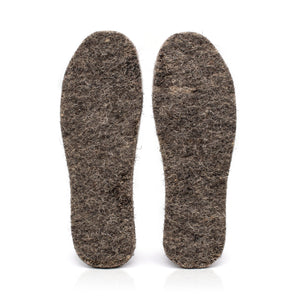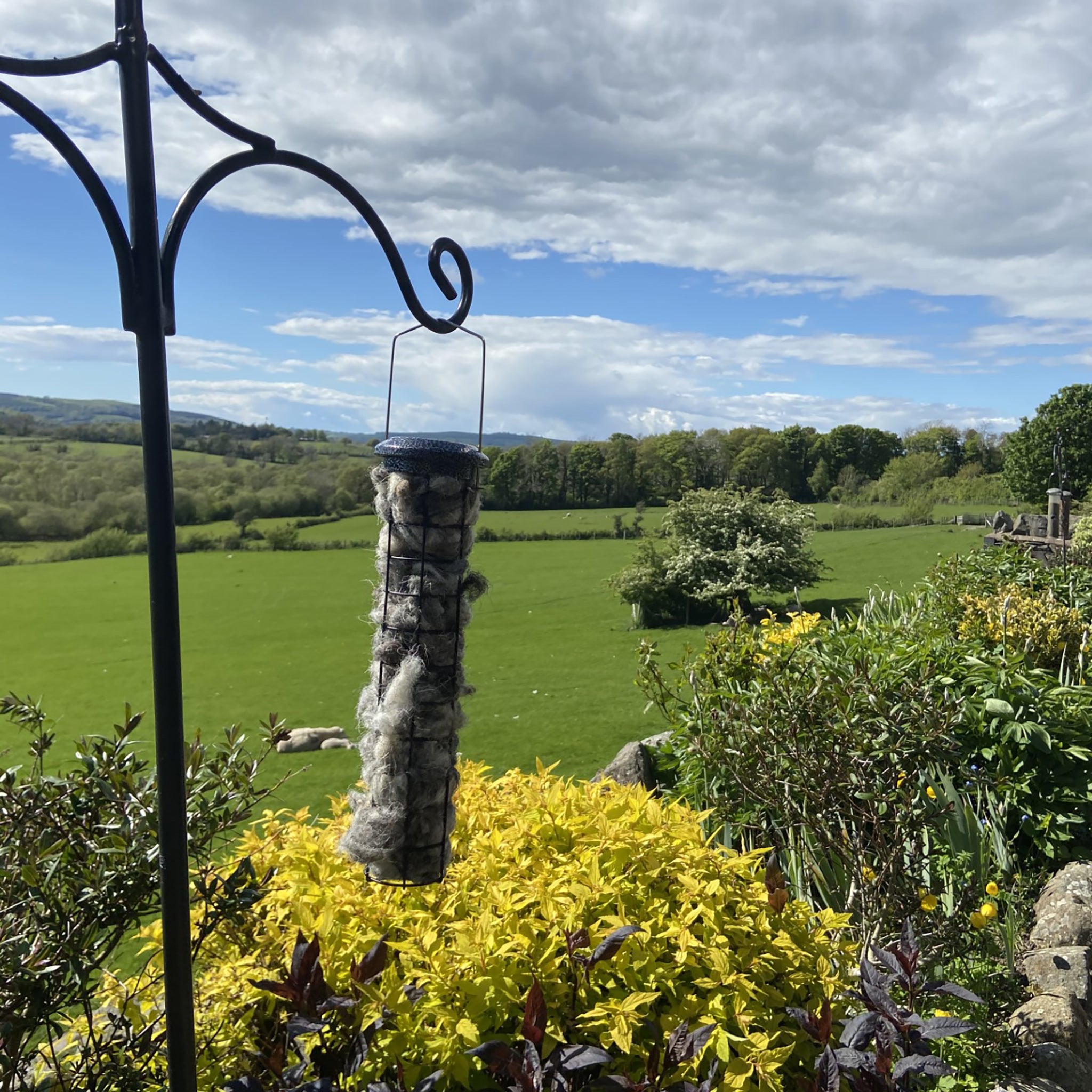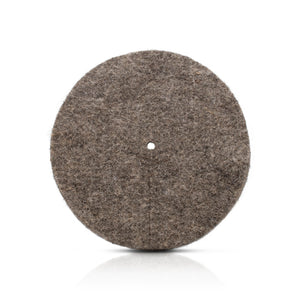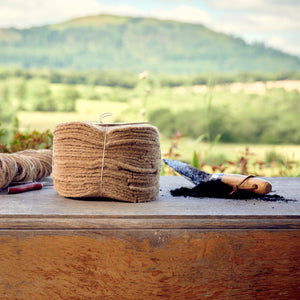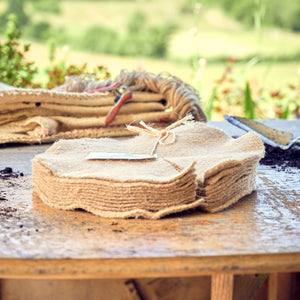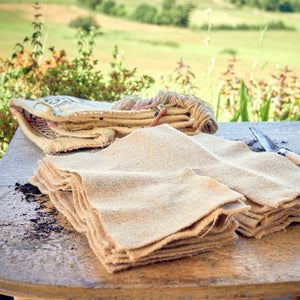How to use Sheep Wool nest material
Put the wool in a metal mesh bird feeder so birds don't get tangled in net mesh. You can put it in one of those spiral ones, well any suitable dispenser really, but if it’s too easy to get at you may find it disappears a bit too rapidly when the jackdaws find out about it. Never mind, they need nice soft nests too and you can always get some more! Ask us if you want to buy larger quantities of it. We gathered up a lot of Herdwick wool in the autumn so there’s plenty to go round. Read more about Operation Wool here.
Don’t put wool directly into nest boxes to try and encourage birds in. If birds want to nest in the box then they’ll build the nest the way they want it. I’ve heard of birds getting tangled in wool when it’s put in the box so let them sort it out for themselves. The Herdwick wool is a bit shorter than posh wool so it’s less likely to tangle birds up. And it’s a perfectly natural material, birds select it from fields and fences in the wild, so this way you’re making it more available to them and having the pleasure of watching them use it.
Birds start building their nests from early February onwards. Put the wool out between early February and mid April. If the wool isn't all used up then bring it in and keep it for the following year. Hang it somewhere where the birds can have a good peck at it without being at risk from predators, especially cats. You can leave some bits on the ground for species like robins, blackbirds and wrens.
Where does the sheep wool nest material come from?
The wool is from Herdwick Sheep that are almost entirely exclusive to the English Lake District. They are a hardy breed and stay out in the mountains all year round. Their wool is course and wiry, which is why it’s perfect for making our Chimney Sheep chimney draught excluders. We buy tonnes of wool directly from local farmers. It all goes to Yorkshire to be professionally scoured, or thoroughly cleaned. Sheep are mucky creatures who delight in rolling around in mud and getting caught in gorse and stuff so it’s best to have their wool cleaned in the proper facilities. The lanolin is extracted and used for a variety of purposes (such as cosmetics and even pet food). The muck is used for fertiliser. The bits of wool that are washed out with poo and dirt in it is made into pellets that make brilliant mulch with slug deterring properties.
Can the sheep wool nest material be used for domestic birds?
The wool is clean and lanolin free, so as long as this is what suits your birds then yes, it’s fine.
How to use Sheep Wool nest material
Put the wool in a metal mesh bird feeder so birds don't get tangled in net mesh. You can put it in one of those spiral ones, well any suitable dispenser really, but if it’s too easy to get at you may find it disappears a bit too rapidly when the jackdaws find out about it. Never mind, they need nice soft nests too and you can always get some more! Ask us if you want to buy larger quantities of it. We gathered up a lot of Herdwick wool in the autumn so there’s plenty to go round. Read more about Operation Wool here.
Don’t put wool directly into nest boxes to try and encourage birds in. If birds want to nest in the box then they’ll build the nest the way they want it. I’ve heard of birds getting tangled in wool when it’s put in the box so let them sort it out for themselves. The Herdwick wool is a bit shorter than posh wool so it’s less likely to tangle birds up. And it’s a perfectly natural material, birds select it from fields and fences in the wild, so this way you’re making it more available to them and having the pleasure of watching them use it.
Birds start building their nests from early February onwards. Put the wool out between early February and mid April. If the wool isn't all used up then bring it in and keep it for the following year. Hang it somewhere where the birds can have a good peck at it without being at risk from predators, especially cats. You can leave some bits on the ground for species like robins, blackbirds and wrens.
Where does the sheep wool nest material come from?
The wool is from Herdwick Sheep that are almost entirely exclusive to the English Lake District. They are a hardy breed and stay out in the mountains all year round. Their wool is course and wiry, which is why it’s perfect for making our Chimney Sheep chimney draught excluders. We buy tonnes of wool directly from local farmers. It all goes to Yorkshire to be professionally scoured, or thoroughly cleaned. Sheep are mucky creatures who delight in rolling around in mud and getting caught in gorse and stuff so it’s best to have their wool cleaned in the proper facilities. The lanolin is extracted and used for a variety of purposes (such as cosmetics and even pet food). The muck is used for fertiliser. The bits of wool that are washed out with poo and dirt in it is made into pellets that make brilliant mulch with slug deterring properties.
Can the sheep wool nest material be used for domestic birds?
The wool is clean and lanolin free, so as long as this is what suits your birds then yes, it’s fine.






